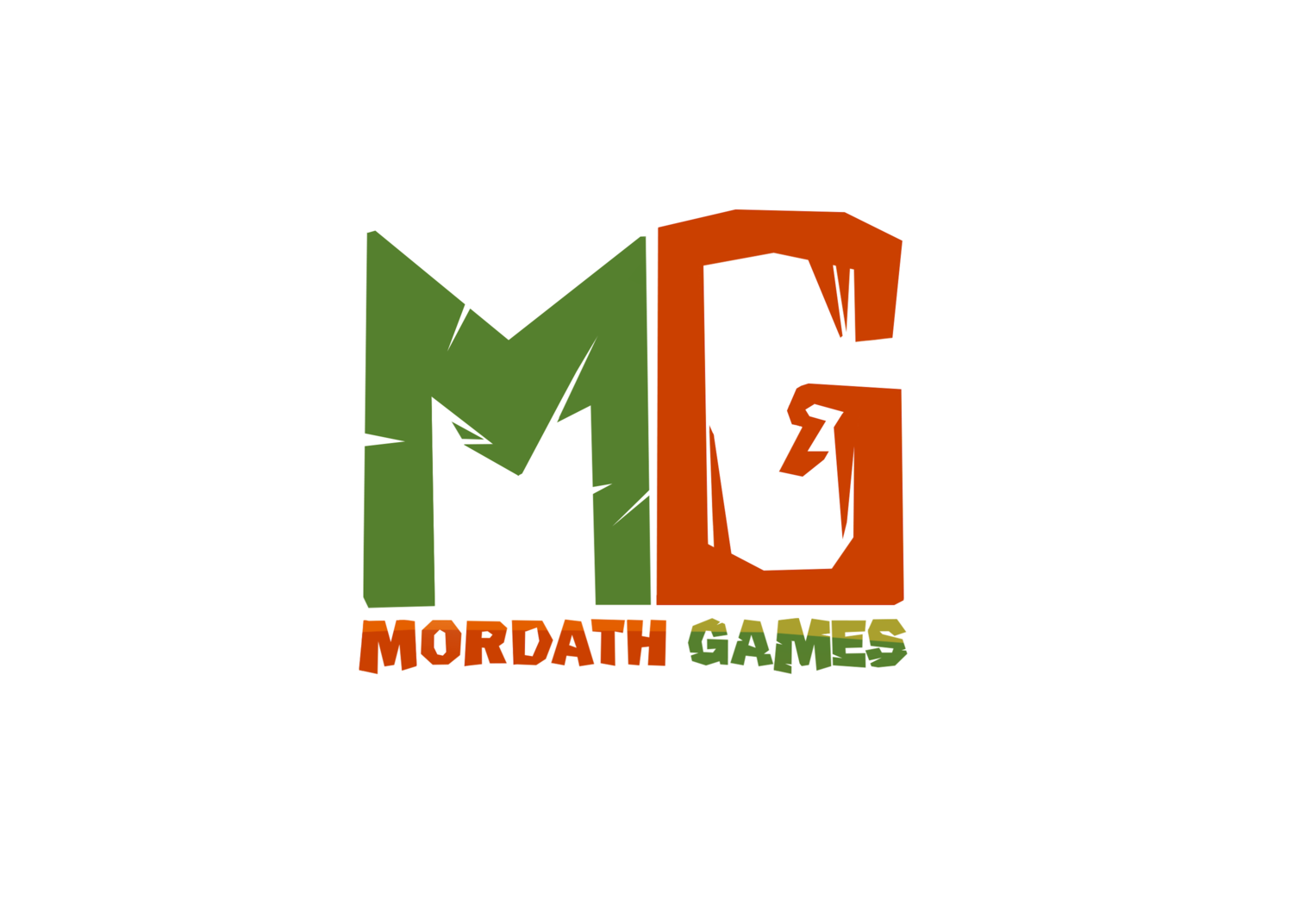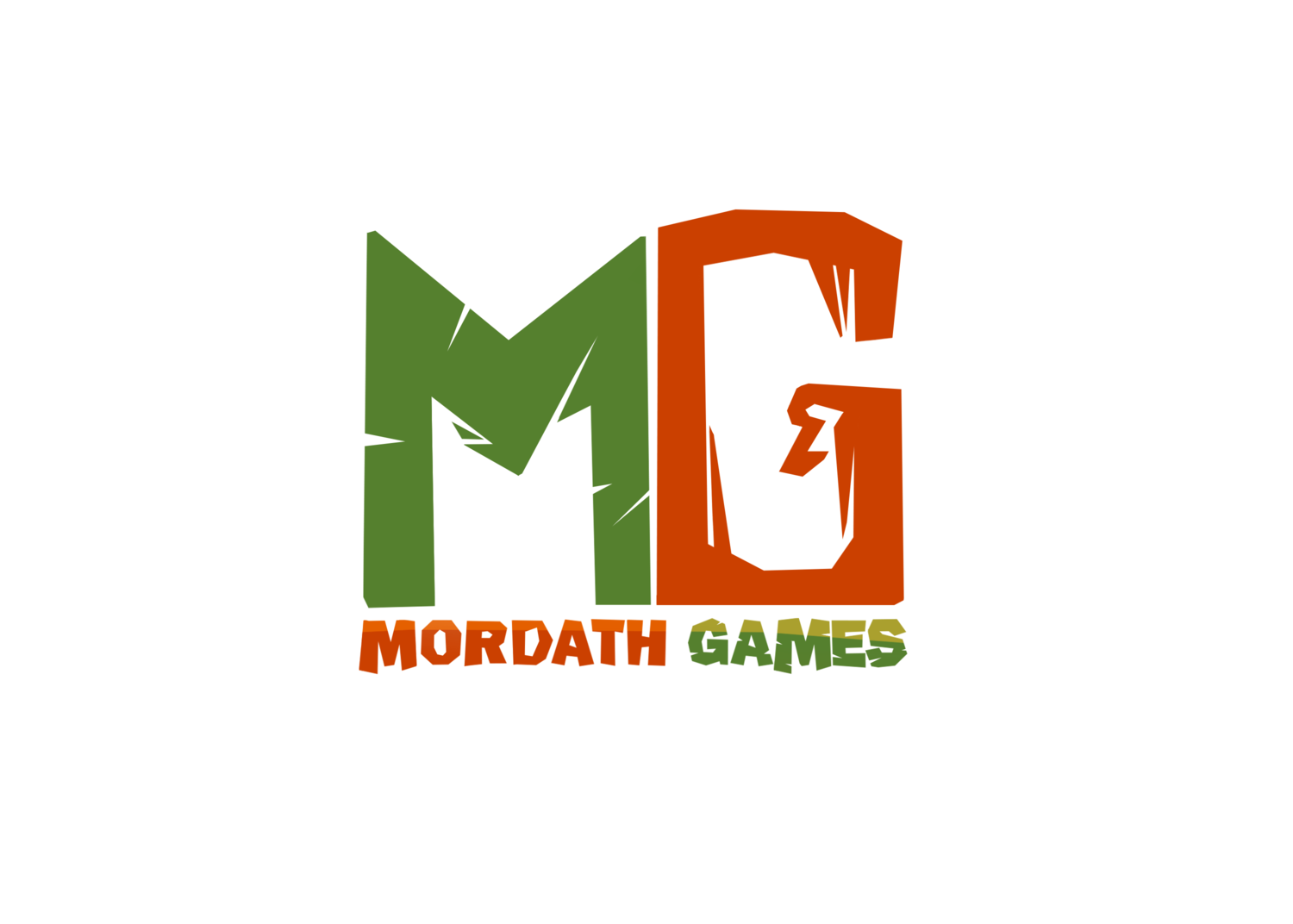Creation Corner
Stay up to date with our newest Kickstarter, and learn more about our games.
Creating Classes for Delver
“When I began thinking about what kind of game I wanted Delver to be, I knew that the Classes were the most important. Looking into that art I wanted people to say ‘Oh! I’m playing this one’ and that was really exciting to think about”
Making Classes
Most of my time writing in creative ways was done as I was prepping for my friends and I’s Dungeons and Dragons game each week. I started to get inspiration all over the place, whether it was one of Matt Colville’s “Running the Game” videos, movies, comic books, etc. Once I had this influx of inspiration the types of worlds I had created were just fascinating to get lost in. Here’s the map of our current world, Xzarius.
However, when I would explain these worlds to people and the experiences we were having. I’d get back a ton of “Well, that sounds like kid stuff” or “That’s a little too involved, don’t know if I’d ever have time”. These are the same people who love long form television and movie epics like Lord of the Rings or Harry Potter.
I’d always known that Dungeons and Dragons or Pathfinder rulebooks and manuals seemed like a barrier to some people. Hell… It was a barrier for me for a long time. If they only let themselves break through it, I know they’d have a great time.
Fast forward to late 2019 and I have an idea for this game that’s kind of a poor man’s Munchkin. It had some classes like your typical tabletop role playing game, but you’d roll for encounters instead of having a combat value. That premise is okay, but I can’t exactly just recreate Munchkin on that premise. I wanted the game to be more about role playing and less about combat. The meat of these games for me was being faced with a difficult scenario, and trying to accomplish it in a creative way based on what your character is good at.
So, I started from scratch. I ditched a more complex class system and simplified it. Hopefully, with terms everyone can understand and no real math to do (outside of very small numbers) we break down the barrier of looking at a character sheet. The first iteration of that looked like this:
The First Fighter Card
Simple idea and easy to understand. Not the sexiest thing in the world, but I didn’t have any art yet. This would work for now.
Now, for a simple game some suggested that I should have simple art. “You want the art to match the tone of your game.” some would say. They’re not entirely wrong, but my thought was that the stories that players create are not going to feel simple. To them, their character will have done a lot, and gone through a lot after dealing with the challenges of the explorations (and their friends Tactic Cards).
I wanted the rules to be simple, but I wanted a gritty and realistic fantasy game to still be there. After all, the argument I mentioned earlier “that sounds like kid stuff” would remain all the more true if I made the art silly. There’s also the angle that I wanted it to evoke the feeling of tabletop rpgs without the rulebooks and manuals. Why change everything?
So we ended up, with the new Fighter:
I feel we landed in a place where the classes look and play unique to each other in a simple way, while still evoking their old school roots.
At the end of it all, it’s hard to not look at the Fighter and say “Oh! I want to play this one!”.






